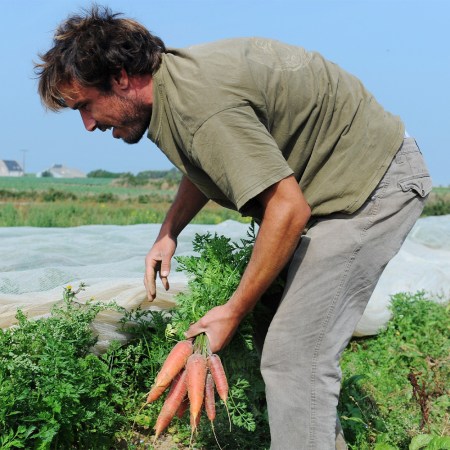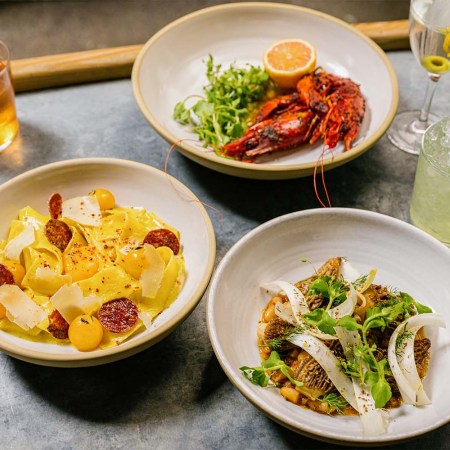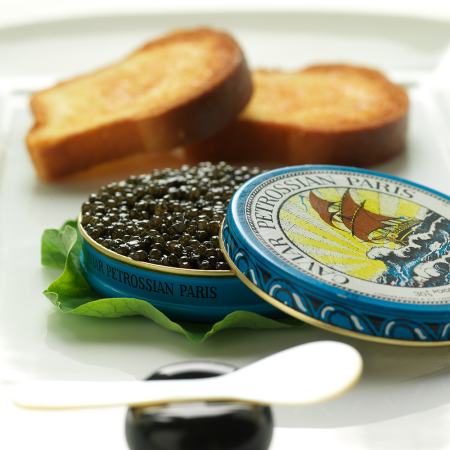You know the saying “The whole is greater than the sum of its parts”?
Nowhere is that phrase truer than inside of a steaming hot bowl of ramen.
It’s Japan’s comfort food of choice. It got you through college. And now, it’s the number one form of currency in American prisons. The dish is undoubtedly well-known and -loved the world over. But when it comes to the details, how much do you really know about this slurpable noodle soup?
Fear not, umami fiends, we’ve got the answers to all these hard-hitting ramen questions and then some, right here.
1. When and where is it from?
Let’s start at the beginning: ramen originated in China and it’s believed to have made its way to Japan during the Meiji period, between 1868 and 1912. Consequently, the word “ramen” is a Japanese pronunciation of “lamian,” the Chinese term for hand-pulled noodles.
2. Ok but when did it become, y’know, ubiquitous?
World War II sparked the Japanese ramen revolution. Although ramen had been available in Japan for decades, it wasn’t until the early 1940s that it became a staple. The noodle soup’s popularity owed to A) the widespread availability of cheap American flour and B) the fact Japanese troops had developed a taste for Chinese noodles while stationed abroad.
3. What kind of noodle is it, exactly?
Traditional ramen noodles are made of wheat flour, salt, water and a not-so-secret ingredient that gives them their firm, chewy texture and signature yellow hue. That ingredient is called kansui — an alkaline mineral water containing sodium carbonate, potassium carbonate and phosphoric acid. Kansui also prevents the noodles from absorbing too much broth, thus preventing noodle mush. Because no one likes a mushy noodle.
4. What about size and shape? Is there a standard?
Not all ramen noodles are alike. They can be straight, curly, flat or round, and the type of noodle you choose is usually dependent on the broth. Ramen masters manning the helm of Urbanspace Vanderbilt outpost Kuro-Obi by Ippudo tell us: “A smoother broth like soy or chicken is best served with curly noodles, while a thick and creamy pork broth is better suited for straight noodles.” Can’t argue with that.
5. What else do you put in there?
Ramen toppings are hyperlocal. In fact, there are 32 different types of regional ramen dishes in Japan. Some of the most famous varieties include Hakata-style (rich, milky pork-bone tonkotsu broth topped with roasted pork, scallions and nori), Kyoto-style (pork and chicken-based broth, roast pork, bamboo, scallions and nori), Sapporo-style (miso broth, roast pork, bamboo shoots and scallions) and Tokyo-style (shoyu broth, minced and roast pork, fish cake and spinach).
6. When did that crappy cardboard-esque kind we eat in the U.S. come about?
In 1958, Momofuku Ando invented instant noodles — a 10-year project that originally started as an inexpensive way to mitigate Japan’s postwar famine. Ando later founded the packaged ramen giant Nissin Foods, and in 1971, the American version, Cup Noodles, made its debut.
7. Is ramen in any way good for you?
Ramen can cure a hangover. The spice packets that come with instant ramen are packed with sodium, which can help replenish the salts your body loses through dehydration by way of binge drinking. But hey, we never said two wrongs make a right.
8. So you’re saying it’s bad for you …?
U.K. teen Georgi Readman ate nothing but instant ramen for 13 years. We know what you’re thinking, and yes, her doctors confirmed she was malnourished and exhibited the health of an 80-year-old. Not shocked.
9. But that hasn’t deterred people in Japan from eating it …?
Today, Japan houses over 35,000 ramen noodle restaurants. Also not shocked.
10. OK I’m hooked on ramen history. Where can I learn more?
There’s a ramen amusement park in Yokohama. And at Japan’s Shin-Yokohama Ramen Museum, ticket holders can step back in time — Tokyo, 1958, to be exact — to experience nostalgic restaurants with distinct noodle styles, souvenir shops and special exhibits featuring ramen packs from around the world.
Join America's Fastest Growing Spirits Newsletter THE SPILL. Unlock all the reviews, recipes and revelry — and get 15% off award-winning La Tierra de Acre Mezcal.























